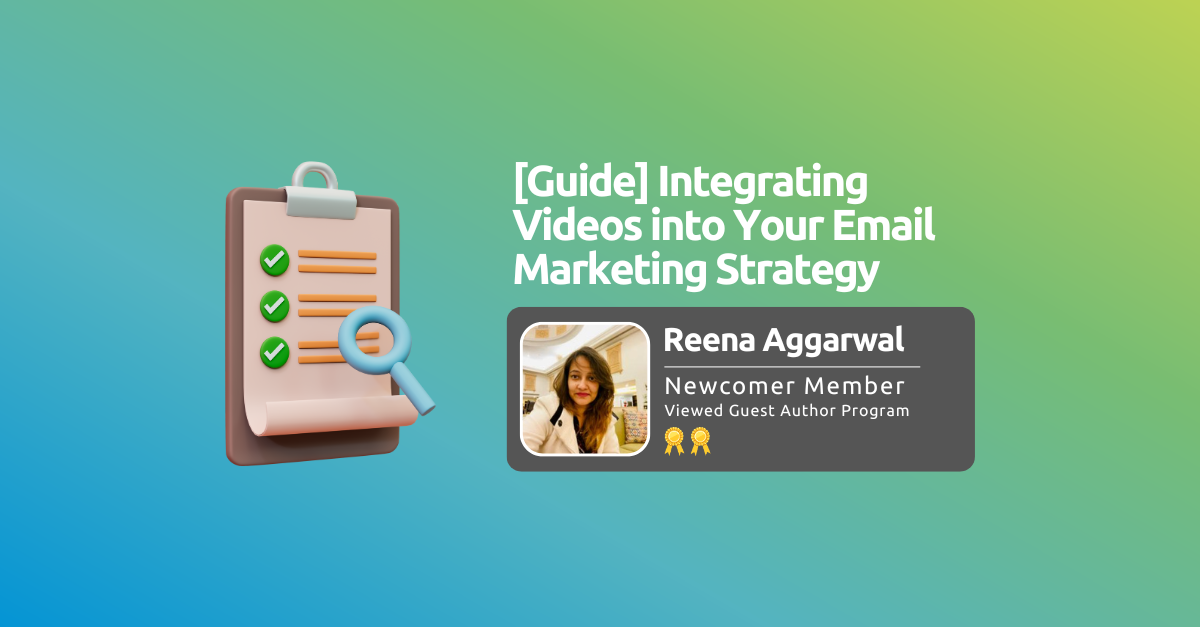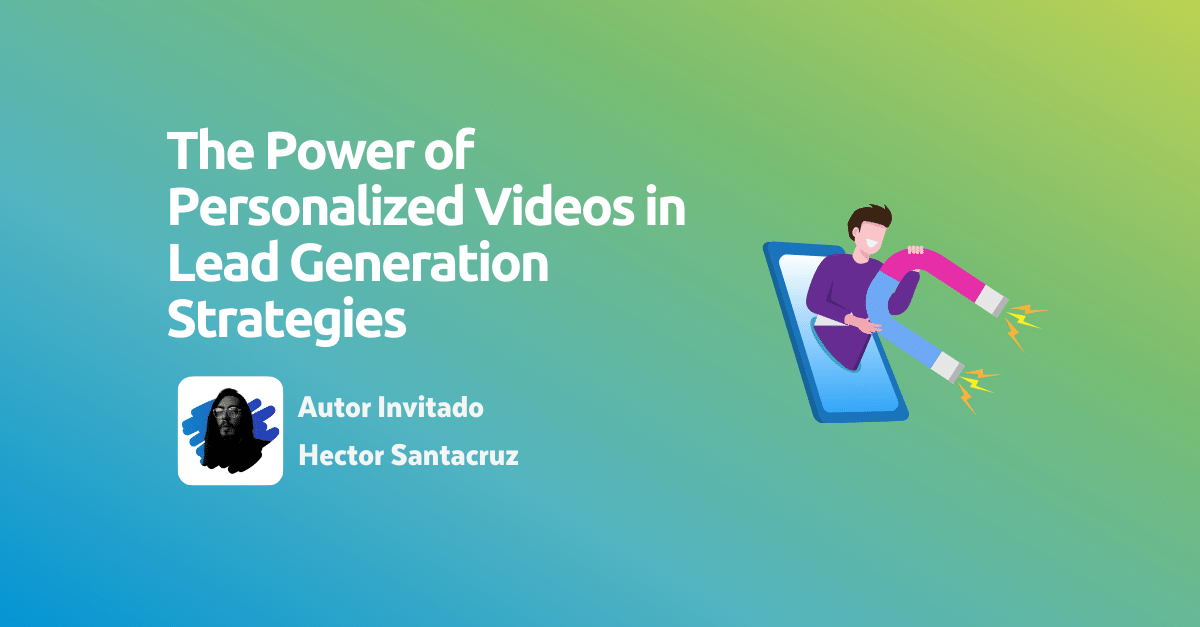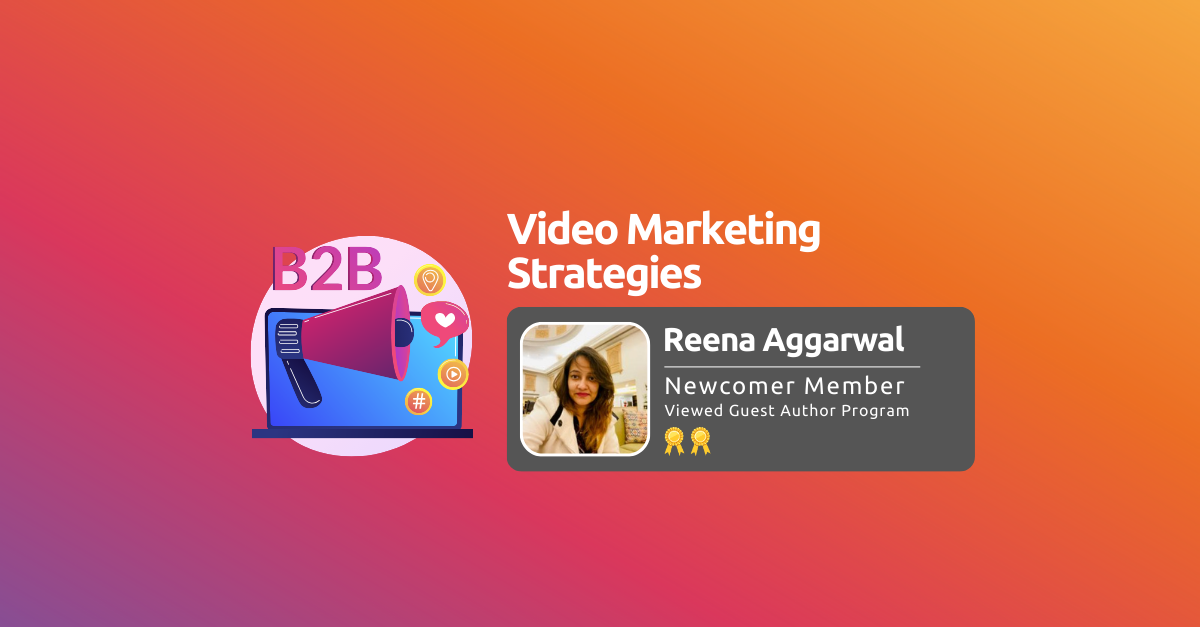Would you rather read a dense product page or watch a crisp, informative video that walks you through everything in seconds? Consumers typically prefer the latter, making video crucial for moving prospects from awareness to action —a foundational element of any successful Video Marketing Strategy.
Here’s the thing: Most businesses recognize the power of video, but few effectively align their videos — or leverage the latest video technologies — with each stage of the sales funnel.
So, how can you effectively use video content in your sales funnel?
It starts with understanding your buyer’s journey — and delivering the right video at the right time.
In this post, I’ll walk through how each type of video maps to specific funnel stages. I’ll show you how to use video content in your sales funnel intentionally so every view counts.
Understanding the Sales Funnel
Every successful business operates on a simple principle: guiding prospects through a predictable journey. This journey takes them from initial awareness to loyal advocacy.
This journey, commonly referred to as the sales funnel, represents a systematic process of converting strangers into customers and customers into promoters. Many companies streamline and track this process using tools like Salesforce, which help manage leads and optimize each stage of the funnel.
Before you can use video content in your sales funnel, it’s essential to understand where your audience is in the sales process. Here’s a quick breakdown of the traditional sales funnel stages:

- Top of Funnel (TOFU) — Awareness: Your audience discovers your brand for the first time
- Middle of Funnel (MOFU) — Consideration/Interest: Your prospects evaluate solutions and compare options
- Bottom of Funnel (BOFU) — Decision/Action: They’re ready to buy and just need a final nudge
- Post-Purchase — Retention/Advocacy: Existing customers become repeat buyers and potentially brand advocates
According to this Attrock guide on building sales funnels from scratch, aligning content types with funnel phases leads to significantly higher conversion and engagement rates.
That’s why it’s so important to use video content in your sales funnel strategically, ensuring each piece speaks directly to where your audience is in their buying journey.
Each stage in the sales funnel reflects a different mindset, which means your content, especially video, should reflect that too. A product demo video won’t work if someone doesn’t even know what your product does.
How to Use Video Content in Your Sales Funnel
To maximize your marketing strategy, don’t just create videos — use video content in your sales funnel strategically, from the awareness to retention stages.
Here’s how.
Top of Funnel: Awareness Stage Video Content
The awareness stage is all about making a good first impression.
Your goal here is to capture attention while providing genuine value to a broad audience in order to increase brand awareness. When you use video content in your sales funnel at this stage, focus on education rather than promotion.
The idea is to spark curiosity, provide value, and encourage them to learn more, all without feeling like a sales pitch.
Why’s that?
Prospects at this level are researching problems, exploring solutions, and consuming content that helps them better understand their situation. Use video content in your sales funnel to position your brand as a helpful resource rather than a pushy vendor.
The most effective awareness-stage videos include:
- Short-Form Social Videos: Visually engaging reels or shorts that can be shared easily
- Brand Storytelling Videos: They highlight your mission, values, and who you serve to humanize your brand and build emotional resonance
- Educational Tutorials: These step-by-step guides solve common industry problems or provide niche insights
- Explainer Videos: Concise, informative content that highlights a common problem and how your brand can solve it
You can also repurpose your videos across ad platforms, especially when running awareness campaigns. Here’s an example of an explainer video from Dropbox:
Key metrics to monitor:
- Watch time
- View count
- Engagement (likes, comments, shares)
- Traffic to linked blog posts or landing pages
Integrating these videos with other marketing efforts, such as blog email marketing, can further extend your reach. Additionally, it can ensure prospects engage with your brand across multiple channels.
Middle of Funnel: Consideration Stage Video Content
At this stage, prospects recognize they have a problem and are actively evaluating potential solutions. They’re comparing options, reading reviews, and looking for proof that your approach works.
This is where you use video content in your sales funnel to build trust and demonstrate your expertise. Your videos need to inform, nurture, and reassure. They should address specific objections while showcasing your unique value proposition — for example, a brand selling a Swarovski necklace could use close-up product videos to emphasize craftsmanship and quality, helping buyers feel confident in their choice.
The best consideration-stage videos focus on proof and differentiation. This is where Product Video Production plays a vital role — allowing brands to showcase value visually and credibly.
- Customer Testimonials: Show real clients sharing authentic success stories that showcase real-world benefits and experiences
- Webinars and Expert Interviews: Educate your audience on relevant topics while positioning your brand as an authority
- Behind-the-Scenes Content: Offer transparency into your process or team culture to build a human connection
- Product Demos: Provide clear, step-by-step breakdowns of your product’s features and benefits in action
- Case Study Breakdowns: Give detailed analyses of how you solved particular challenges
These presentation videos can distill complex ideas into digestible visual pitches and shine when used in email sequences, on landing pages, or as part of a LinkedIn content strategy. For brands using LinkedIn to engage leads, integrating it with HubSpot or other CRMs can streamline audience targeting.
Here’s a product demo example from Viewed:
Key metrics to monitor:
- Video completion rate
- Watch time and engagement
- Lead form submissions or demo bookings
- Click-through rate (CTR) from video to landing page
When you use video content in your sales funnel at this stage, it should convey a consultative approach rather than a pushy one.
Be specific, data-driven, and solutions-oriented. A well-placed CTA like “Schedule a free demo” or “Download our buyer’s guide” can lead prospects seamlessly to the next step.
Bottom of Funnel: Decision Stage Video Content
At the decision stage, your leads are on the verge of making a purchase.
They’ve done the research, explored their options, and now they need one last nudge to move forward. This is where you use video content in your sales funnel to remove doubts and seal the deal.
Your prospects will likely have specific concerns about implementation, pricing, timelines, and outcomes. They’re looking for personalized attention and detailed information that directly addresses their unique situation.
As such, aim to offer clarity, instill confidence, and reduce perceived risk. Use video content in your sales funnel at the decision stage to provide answers and clear next steps. For example:
- Comparison Videos: Side-by-side comparison of your product vs. competitors, highlighting strengths and differentiators
- Detailed Pricing Walkthroughs: Give prospects a transparent explanation of costs, packages, and value propositions
- Live or Recorded Q&A Sessions: Address common objections or hesitations, and make your brand feel approachable
- Limited-Time Offer Presentations: Drive urgency with time-sensitive proposals that encourage immediate action
- Personalized Sales Videos: Provide tailored messages addressing specific client pain points or use cases
These videos are most effective on sales landing pages, in retargeting ad campaigns, and during direct sales outreach (like in cold emails or follow-ups).
Adding them to pricing pages can also help reduce bounce rates and increase the time users spend on the page.
Key metrics to monitor:
- Conversion rate (from video page or CTA)
- Drop-off points in video (to optimize for clarity)
- Revenue attribution (from video touchpoints)
- Sales qualified leads generated
- Return on ad spend (ROAS)
When you use video content in your sales funnel effectively at the bottom of the funnel stage, your tone should shift from informative to reassuring. Reinforce the benefits, eliminate friction, and use strong CTAs like “Start your free trial” or “See why 2,000+ teams switched.”
Post-Purchase: Retention and Advocacy
The funnel doesn’t end at the sale. In fact, some of the most valuable video content you’ll create happens after a customer converts.
If your goal is to boost loyalty, reduce churn, and build a base of vocal advocates, you need to use video content in your sales funnel well beyond the point of purchase.
Post-purchase video content serves to onboard, engage, and inspire. The goal is to make customers feel confident in their purchase and excited to stick around. Partnering with a QA testing company can help ensure that your post-purchase platforms and resources deliver a seamless, high-quality experience, further strengthening customer satisfaction and trust.
At this stage, sales funnel software can be especially valuable in tracking customer engagement, identifying churn risks, and triggering timely follow-up content such as onboarding tutorials or product update announcements. It helps ensure your post-purchase videos are not only delivered—but also seen, appreciated, and acted upon.
Remember, new customers need guidance, reassurance, and ongoing support. They’re also most vulnerable to buyer's remorse and competing alternatives during the early relationship phase.
The most effective post-purchase videos focus on success and ongoing value:
- Customer Success Spotlights: Stories showcasing how similar clients achieved exceptional results
- Onboarding Tutorials: Step-by-step guidance for getting started, smoothing the learning curve, and achieving quick wins
- Exclusive Tips and Training Videos: In-depth education and value-packed insights that help customers maximize their investment
- Referral or Affiliate Program Explainers: Invitations to loyal customers to share the love and get rewarded
- Product Update Announcements: Regular communication about new features and improvements
Host these videos in knowledge bases, email marketing campaigns, loyalty portals, or private communities. They’re also great for customer support automation.
Here’s a customer success case from Viewed:
Key metrics to monitor:
- Customer retention rate
- Product adoption and feature usage
- NPS (Net Promoter Score) changes after video views
- Social shares and repeat purchase rate
- Referral sign-ups or code usage
- Support ticket volume
When you use video content in your sales funnel to keep customers engaged after the sale, you turn buyers into loyal advocates. These videos make customers excited to stay connected with your brand.
Final Thoughts
When you systematically use video content in your sales funnel, you create a powerful engine to amplify business growth. Success, however, comes from aligning each video with your audience’s needs at every stage of their journey.
Start by auditing your current video content against each funnel stage. Then, identify gaps in your strategy and begin creating targeted content that naturally guides prospects toward conversion.
Your future customers are already watching videos. Ensure they’re watching yours at exactly the moment they’re ready to make a purchase.




